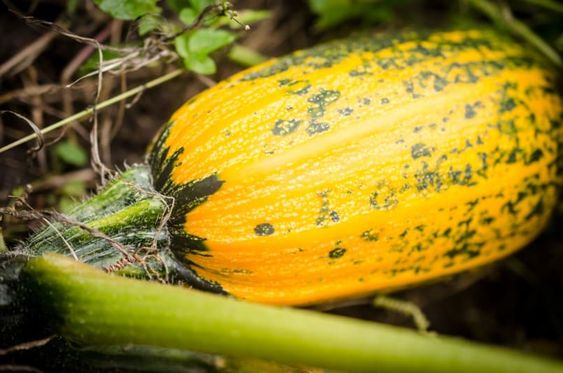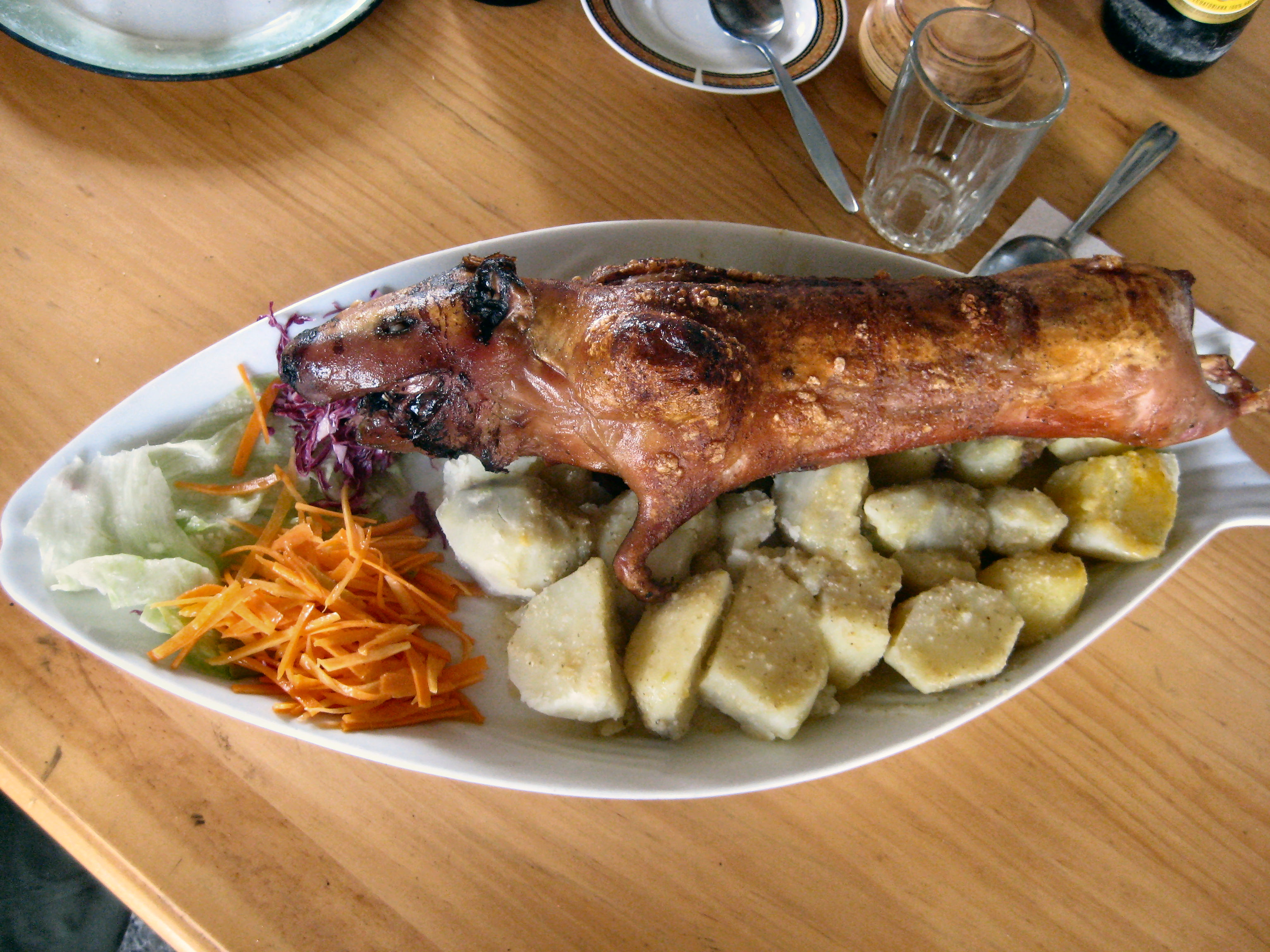The Incas were ambitious and excellent farmers that grew and developed many fruits, vegetables, and meat sources to nourish the members of their vast empire. They conquered different environments to produce a wide range of crops—the rainforests of the Amazon basin, the coastal deserts, and the high-elevation Andes mountains.
They developed crops resilient to various weather conditions, such as maize, quinoa, and potatoes. They built irrigation canals and artificial reservoirs along and around the mountainside. They practiced terraced farming on the hillsides and soil conservation methods. Their farming techniques inspire today’s modern farmers.
Incas were generally vegetarian and their principal crops were quinoa, potatoes, and maize. Aside from these three, Incas also developed and consumed a wide range of fruits and vegetables and, occasionally, animal meat, fish, and other creatures.
Amaranth

Amaranth is the signature grain of the Inca Empire. It has a minimal amount of starch and is high in protein, iron, calcium, phosphorus, zinc, manganese, and magnesium. Amaranth is native to several parts of South and Central America, including Peru and Mexico. But amaranth is not classified as a grain but as seeds. The Maya, Aztec and Inca people place a high value on this crop because it is their primary source of body fuel. Aside from protein, amaranth has loads of vitamin E, B vitamins, and fiber.
Maize

One of the most vital sources of the Inca’s nutritional energy was maize. It is their primary ingredient for making tamales for the Incas, one of their staple foods. Maize had been part of the Peruvian diet and was instrumental to the rise of the Inca civilization. The Inca farmers cultivated several varieties of maize, which they could grow in the varying elevations of the Andes. It is uncertain where the original maize seeds came from. Still, the maize varieties the Incas had were different from the maize grown in various regions in Mexico or Central America.
The Incas created a fermented corn beer called Chicha de Jora, which they believed sustained their lives. The Chicha de Jora was a sacred drink to the Incas, and they offered the drink to the Pachamama (Mother Earth) for their fertile land. They also reserved the drink for their most esteemed ceremonies.
Choclo

Aside from maize, the Incas also farmed choclo, which some people call Inca Corn. Choclo may look small compared to other corn varieties, but its grains are larger. The Peruvians typically add choclo to various dishes, such as choclo al comino, corn cake, and ceviche.
Other people the giant corn such as Cusco corn or Peruvian corn. The grains are nearly five times bigger than regular corn’s size, have a nuttier flavor, and creamier texture.
Quinoa

Today, many people hail quinoa as one of the healthy grains. But like amaranth, quinoa is a seed. For the Incas, it was their mother grain. It was a vital staple food of the ancient Incas’ diet. Quinoa is high in protein, gluten-free, and resistant to most diseases. It is high in lysine compared to most cereals. For the Incas, quinoa is sacred. They offered quinoa to their gods and were thankful for the product because it gave them good health and energy.
The Incas considered it sacred because it provided them with energy and good health, and they offered it to their gods. The Incas may not know that quinoa is a superfood, but it is a staple for them, as it is rich in protein and vitamin C, providing them the energy to perform their work in the fields at higher elevations.
Potatoes

The Incas discovered a small plant high in the Andes whose roots were tuberous. They were experts in plant domestication and turned the eight toxic species of weeds into nutritious products. During their time, the Incas produced more than 3,000 varieties over the years, and potatoes became one of their dietary supplements. In addition, the potato plant was resilient and could grow at different altitudes, based on the species. Likewise, the Incas pioneered a seven-year potato crop rotation to prevent a nematode pest from destroying their potato crops.
Moreover, the Incas discovered a method to store the potatoes through dehydration. They mashed the potatoes to create chuño, which they can keep for ten to 15 years. Thus, they have an alternative food source during droughts or ruined crops.
Chili Peppers

Chili peppers came from Central America and Mexico and were later brought to Peru. The Peruvians produced a wide variety of peppers, which became a vital part of the diet of the Incas. Later, the Incas and the Peruvians preferred the Aji Amarillo chili peppers among the wide varieties. They are elongated, straight or slightly curved, and about 15 centimeters in length. The unripe ones are green and turn to deep orange when ripe. The aroma of Aji Amarillo chili is akin to raisins.
Aji Amarillo belongs to the rare Capsicum baccatum genus. It is a semi-hot variety that Peruvians highly value. The Incas used Aji Amarillo to flavor most of their food. Today Aji Amarillo chilies are still a staple in Peruvian cuisines, forming a trinity with garlic and onions.
Tomato (Tomate)

According to historians, the first people to harvest tomatoes were the Incas. The original tomatoes were pea-sized and not that sweet. Its scientific name is Solanum pimpinellifolium. You can still find them growing wild in southern Ecuador and northern Peru. Ancient Peru grew a diverse variety of tomatoes native to South America. From genetic evidence, the direct ancestors of today’s tomatoes came from the Peruvian highlands. The tomatoes that the Incas grew were hardy and adapted to the extreme weather conditions in the Andes.
Most countries today use tomato as a primary ingredient in various dishes. But in ancient Peru, they used tomatoes for salsas and salads or ate them raw.
Squash (Zapallo)

Historians believe that squash or zapallo, from the gourd species Cucurbita, was grown and harvested in Peru about 8,000 years back. The taste of squash is nuttier and sweeter than sweet potatoes. In addition, squash contains many nutrients such as vitamin B6, phosphorus, potassium, magnesium, and folate.
The Incas, which farmed squash, included it in their daily diet. In their everyday cooking, Peruvians use Zapallo Macre, which is affordable. The squash, which Peruvians used since pre-Hispanic times, was included in soups and stews, which keep their body warm in winter. Squash and other vegetables were essential to the Incas, particularly the commoners, as they had limited access to meat. The meat was usually reserved for the nobility. Therefore, commoners could only eat them on special occasions.
Oca

For some people, oca is the lost crop of the Incas. Whether that is true, oca, a colorful tuber, is a delicious substitute for yams and potatoes.
Oca is a starchy winter root crop with a tangy flavor akin to potatoes. When raw, the tuber is crunchy but becomes starchier when baked or boiled. But oca was not an original vegetable. It was cultivated for many centuries through selective breeding and had been a staple food for the rural areas in the Andes. Historians think oca was one of the oldest crops in the Andes and essential to the Incas for its nutrients and as a substitute for potatoes. Incas eat oca boiled, in soups, or raw. But oca is not related to potatoes. Instead, they belong to the same family as wood sorrel.
Prickly Pear (Tuna)

The prickly cactus is abundant in the Andes, and the Incas harvest their fruits, called prickly pears. The cactus fruits come in green, orange, or red skin, although the flesh could be purple or red. People said that the flesh of the fruit tastes sweet and juicy, and they use it to make alcoholic beverages, jams, and fruity drinks. The taste could resemble sweet watermelon or ripe strawberries.
The prickly pears are more known to the Incas as tuna, and Peruvians cultivated the cactus for centuries. The Incas even add images of the prickly pears in their textiles. Nutritionists say that tuna has antioxidant properties and can lower blood sugar and cholesterol levels.
Lucuma

Lucuma is a fruit that is valuable to the Incas. Its golden flesh was known as the “gold of the Incas.” Lucuma is a sweet fruit with a unique flavor described as a mix of maple, caramel, and custard. While the fruit is sweet, it is low on the glycemic index.
Lucuma is an ancient fruit that the Incas used as a ceremonial offering and taken as a symbol of creation and fertility.
Bonito

The Incas regularly fished along the Peruvian shores to catch local species, which were important sources of protein for them. They often catch small sharks, rays, skates, mullets, and limpets. One fish they value is bonito, which resembles a small tuna, although it comes from the mackerel family. The Incas typically dried the fish they caught, which forms part of the diet of the members of their army as a source of protein because llama or alpaca meat was not always available.
Bonito is quite nutritious, and if they are not dried, the Incas use them for ceviches and stews. Other sea creatures the Incas caught and ate include mussels, chanque, chitons, dolphins, sea lions, penguins, and various seabirds.
Llama and Alpaca

Llamas and alpaca were vital to the Incas’ lives and economy. These animals were sources of several things, from meat to leather and wool. Llamas also carried goods for long distances on rough terrain. The Incas used the llama’s meat to make charqui, a meat snack similar to today’s beef jerky. In addition, they ate llama and alpaca meat occasionally as a source of protein.
The Incas did not consider llamas and alpacas as livestock. Instead, they sacrificed these animals for their religious ceremonies to promote their animals’ fertility. They served their meat to honor their rain gods during celebrations sponsored by their state. They sacrificed and buried the animals to legitimize their presence over the new lands they conquered.
Guinea Pig (Cuy)

It may seem gross to think that the Incas ate guinea pigs, but it is true, as the Incas farmed them as a good source of protein. However, the guinea pigs back then were bigger and do not look like the ones available today.
Guinea pigs were a delicacy for several centuries, even before the Incas. The meat was valuable and reserved for high-ranking members of the nobility. They were even offered as a sacrifice for various gods. But during the time of the Incas, guinea pigs, or cuy, were the meat for the commoners. They often cooked cuy by placing hot stones inside their bodies and used their entrails for soups. Guinea pigs are still part of the Peruvian diet and are recognized as part of their heritage.